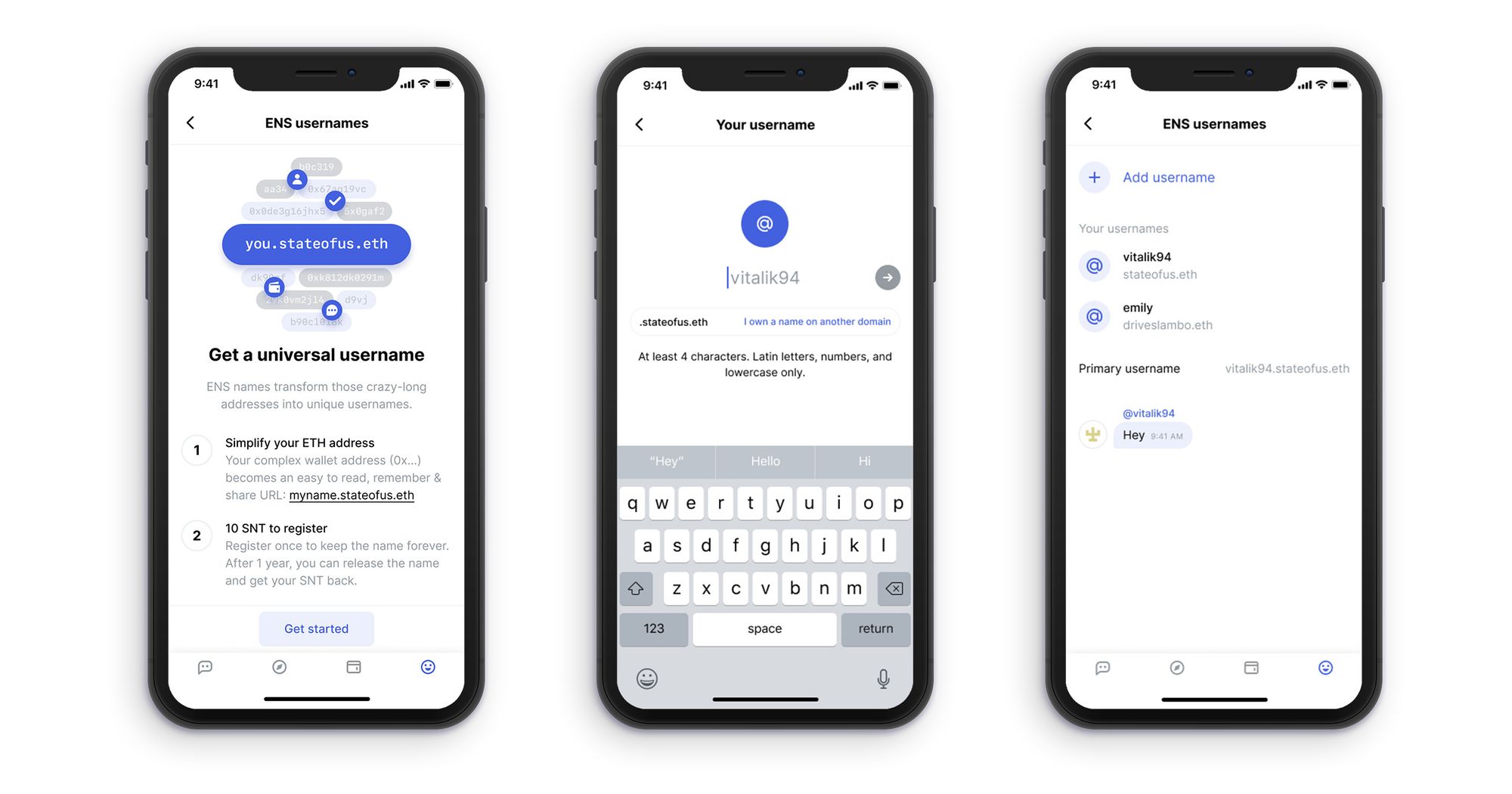
However, despite these hardships, WhatsApp is still far ahead of its direct competitors, Telegram and Signal, in terms of popularity, with over two billion users accessing the app on a monthly basis. The outage also caused millions of users to flock to Telegram and Signal, in search of alternative messaging apps. To top that off, in October 2021, WhatsApp, along with Facebook and Instagram suffered a massive global outage that lasted close to six hours. Understandably, this caused uneasiness among 2 billion WhatsApp users and astonishing popularity among its direct competitors’ Telegram and Signal. How did this come to be? Well, as you might know, in May 2021, WhatsApp started sharing data with its parent company Meta, leaving users unable to avoid this distribution as they previously could. 2021 12(1).Is Telegram better than WhatsApp ? Is WhatsApp worse than Signal? Which one is better - Signal or Telegram? You are looking at the newly formed circle of the frequently asked questions lately. Next-generation wearable biosensors developed with flexible bio-chips. Smart contact lenses for biosensing applications. Wearable electrochemical sensors in Parkinson’s disease. Development of the ring sensor for healthcare automation. Wearable insulin biosensors for diabetes management: advances and challenges. The rise of consumer health wearables: promises and barriers. Transducer technologies for biosensors and their wearable applications. Biosensor-integrated drug delivery systems as new materials for biomedical applications. Advances in biosensors for continuous glucose monitoring towards wearables. Wearable biosensors for healthcare monitoring. 1 The integration of wearable biosensors in medical care will depend on the publication of more robust and independent supporting data, and further improvements in signal detection, processing, and output accuracy.

This is primarily because there are currently very few studies that independently validate their accuracy or reliability. 3ĭespite the claims made by biosensor companies that these devices will revolutionize healthcare, it is unclear whether they will be accepted by the medical community or widely applied in clinical populations. 1 The integration of wearable biosensors with drug delivery technology has been proposed as a closed-loop diagnostic and therapeutic avenue. For example, biosensors that detect inertia, such as gyroscopic measurements of angular motion, can be applied in remote monitoring of people who are elderly and more likely to experience falls. Other types of wearable biosensors have been suggested to improve the lives of patients by allowing for personalized healthcare. 7 Similar to wearable blood glucose monitors, this type of device monitors the signal continuously over longer periods of time. Ring-type optical biosensors that measure blood oxygen levels, a key vital sign, have been also proposed as an alternative to the current fingertip-style oximeter devices. Wearable Biosensors for Healthcare MonitoringĬertain types of wearable biosensors, such as those used for blood glucose monitoring in people with diabetes, are now common in medical practice. Patches that detect metabolites and other molecules excreted in sweat 1
#THOUSANDS USERS JOINED SIGNAL APP PATCH#
Microneedle patch for blood glucose monitoring in interstitial fluid 6Įlectrochemical microneedle biosensors for the detection of dopamine in interstitial fluid 8Ĭontact lenses that detect metabolites in tears or measure intraocular pressure 9īiosensors embedded in clothing that measure muscle contraction 10 They may also detect other signals, such as changes in light or heat, or the electrical activity of muscles when they contract. 3 These molecules interact with relevant analytes in the bodily fluids or on the skin. The bio-recognition region of the device, which is placed in contact with the body or bodily fluids, may contain biological molecules such as nucleic acids, enzymes, or antibodies. 3 The type of signal and how it is measured varies widely between different types of wearable biosensors.


Wearable biosensors work by detecting and measuring biological signals. Wearable biosensors typically consist of a recognition region that detects the target signal, a transducer that converts that signal into a measurable parameter, and an electronic processor that enables a visual interface for the output of results. 1 They provide continuous measurements of dynamic physiological parameters in real time, 2 providing a digital output that can easily be interpreted and acted upon. Wearable biosensors are devices that can be worn on, inside, or near the human body to monitor biological signals.

Stay up to date on the latest science with Brush Up Summaries.


 0 kommentar(er)
0 kommentar(er)
